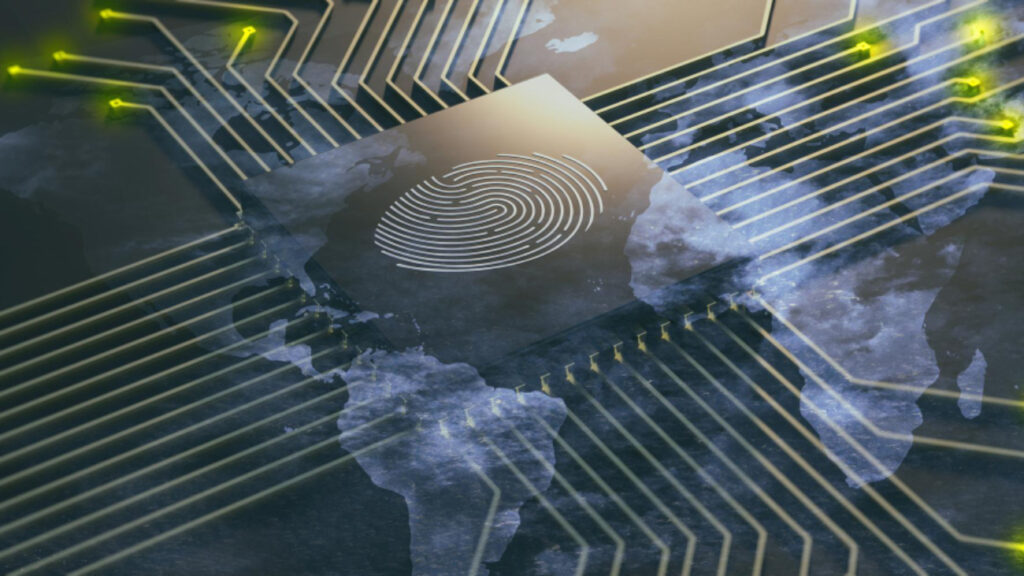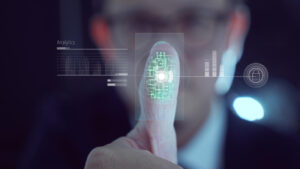In the current technological era, security is a major element that both individuals and organizations should take seriously observed by Bahaa Abdul Hadi. Up to today, passwords have been the authentication methods of choice, but these methods are not without drawbacks: They can be forgotten or stolen, and they can be subject to compromise. With the advancement of technology, the need for additional secure and user-friendly identification methods is obvious. Login without password, this is a new approach which helps to make user experience and security more effective.
The Hassle of Passwords
On the one hand, passwords can be a real hassle. Many of us have experienced the frustration of forgetting passwords or the annoyance of creating new ones for every account. Such experiences are common and highlight the need for simpler and more secure authentication methods. In addition to being an unnecessary hardship, it brings in the element of security. The weak passwords or the re-used ones are a primary tool for cyber criminals to obtain unauthorized access to our secret and personal information.
Biometrics: The role of authentication in the future.
Biometrics is the most hope-inspiring passwordless authentication technique. This is a technology based on the use of specific physical characteristics, such as biometric traits fingerprints, facial recognition, or iris scan to verify the identity of the user. Biometrics are the way to go as they provide an effortless and secure authentication that is devoid of complex passwords or being needed to carry physical tokens.
Embracing Convenience and Security
The passwordless authentication does not only bring the user experience to a higher level by eliminating all the hassle brought about the password management, but it also increases security tremendously. When biometrics are used, it is quite difficult for someone to create a replication of your particular physical characteristics, which makes cracking into your device or account quite hard.
The Role of Cryptography
Cryptography provides the foundation of passwordless authentication. The complex encryption algorithms are used to safely keep and transmit biometric data, hence guaranteeing that the sensitive details will remain protected even in the case of a data breach. Furthermore, cryptographic protocols like public key cryptography can be used to create secure communication channels, thus it adds to the overall security of passwordless authentication system.
Multi-Factor Authentication: Layering Security
Although passwordless authentication is a great progress in the area of security, these often go hand in hand with other factors like possession based authentication (e.g. hardware token or mobile device), or contextual factors (e.g. location, time or device behavior). This multi-factor approach adds another barrier to the security chain, which now becomes even harder to penetrate by entities with malicious intent.
Overcoming Challenges
However, despite all the good sides to this technology, it is not without its problems. The problem is that there is a danger of biometric data getting compromised or being spoofed. Not only that, but the passwordless authentication system is not easy to use and cost effective for organizations with outdated systems and infrastructure.
Conclusion
The future of authentication will be a passwordless approach which will try to balance the user experience with security. However, as technology keeps on improving, it will be easier to see biometrics, cryptography and multi-factor authentication usage increase. Even though there are some challenges that need to be solved, the implications of a passwordless authentication process are too significant to be ignored. By adopting these advanced technologies, we get the chance to build a safer and easier to use digital environment for all.
The article has been written by Bahaa Abdul Hadi and has been published by the editorial board of Identity Herald. For more information, please visit www.identityherald.com




